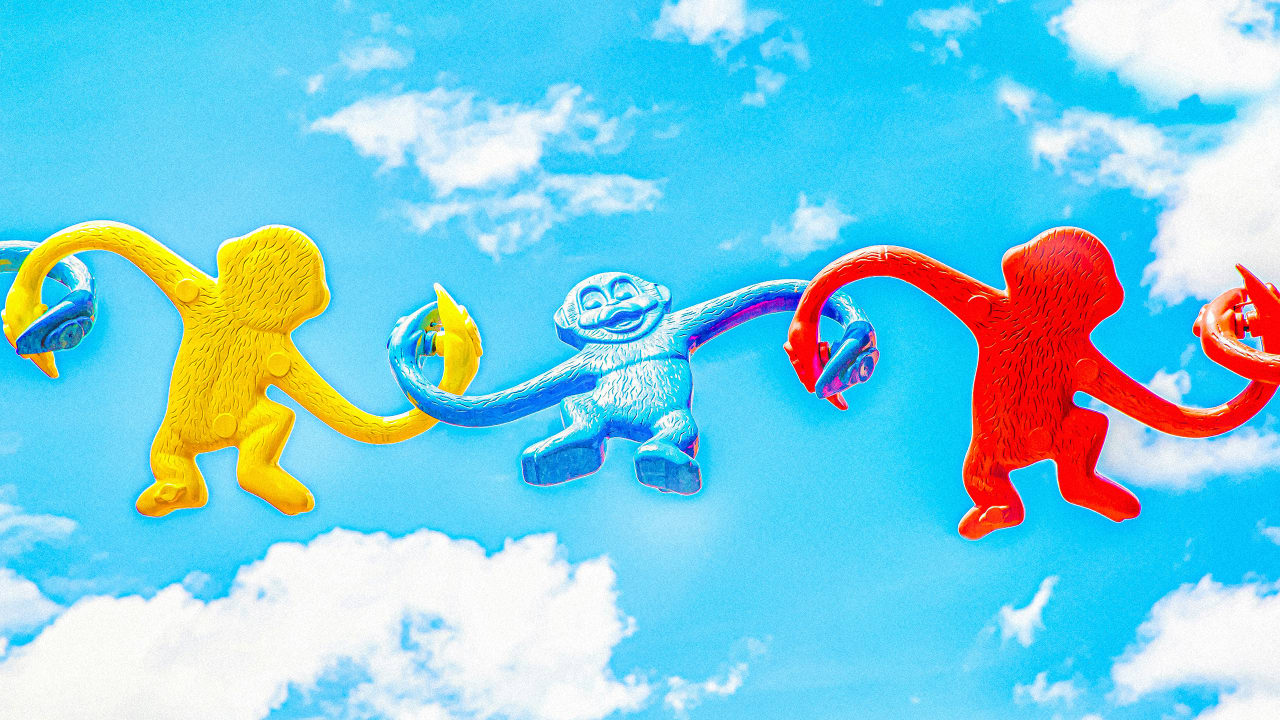
Here’s a list of words. Read it quickly, then close your eyes, count to 10, and then try to remember as many of the words as you can. Doctor Hospital Surgery Patient Scalpel Whale Medicine Nurse Operation Illness If you’re like most people, you probably remembered the first couple of words on the list and perhaps the last one.
You may also have remembered the word “whale.” Typically, you don’t remember words from the middle of a list, but all of the words on this list are related to medicine and hospitals except for “whale.” Because it’s novel in this situation, it’s more memorable.

There is good reason for novel things to be memorable. Much of your daily life involves a lot of routine. On work days, you probably do similar things as you wake up and prepare for the day.
Even work itself may have lots of similar activities from one day to the next. You don’t need to learn too much to succeed at things that are like situations you have encountered before. When something new happens, though, you probably have something to learn.
If something is surprising to you, then you brain has failed to predict what was going to to happen next. As a result, to be successful, you have to think a little more. A key principle that drives learning is that your brain wants to spend as little time as possible on each task, so if learning something now will help reduce that time in the future, the brain spends the energy needed to learn.
That enables you to be better prepared in the future for that situation than you were in the past. | How to be more memorable When you’re dealing with customers, clients, and colleagues, you would like you, your company, and your product or service to stick in people’s minds. That means that you want to use novelty in strategic ways to increase the chances that you will be memorable.
The first thing you need to do is to engage in a little “backward design.” In education, courses are created with this principle by starting with an understanding of what you want learners to know at the end of an experience and then determining how to create lessons that bridge the gap between what they know now and what you want them to know later. While this principle may seem obvious, it’s often done poorly by people in practice.
Think about the numerous memorable Super Bowl ads you have seen over the years where you remember the ad itself, but can’t remember what product it was promoting. In these situations, the advertising team has used novelty to make something memorable, but there wasn’t enough focus on what was supposed to be memorable later. Novelty versus Chaos Next, you need to walk a tightrope between novelty and chaos.
Most people will remember roughly three things about a situation, but the size of those things depends on how much they already know. Experts ultimately remember more things about a situation than novices because their rich base of knowledge provides them with structure for thinking about a new situation. Ideally, when you present something and seek novelty, you want to connect it to what someone else already knows, but differentiate it in a clear way.
This is one reason why very new products often fail. People remember that they have seen the product, but they don’t understand it or remember much about it beyond that it’s new. Indeed, there is evidence that the first product launched in a new category is rarely the one that becomes the market leader.
The cost of novelty Finally, you want to be aware of the emotional cost of novelty. Things that are new are memorable, but they also create a little anxiety. Whenever you force people to think about something and potentially change their behavior, you’re also creating some uncertainty.
That lack of predictability can be off-putting. That is why I often point out that foreign travel is mostly fun when you look back on it. In the moment, you can feel anxious about how the trip is going to work out.
Afterward—when the trip is safely completed—you can look back on it fondly. If you are going to use novelty as a strategy, you want to make sure that the rest of the environment feels safe and comfortable so that people don’t get a negative impression of you or your product. If you are in an environment in which people are feeling anxious or uncomfortable, you may be better off sticking with presentations that fit people’s expectations.
The details may be less memorable, but they also will be comforting. Apply to the Most Innovative Companies Awards and be recognized as an organization driving the world forward through innovation. Final deadline: Friday, October 4.
.














